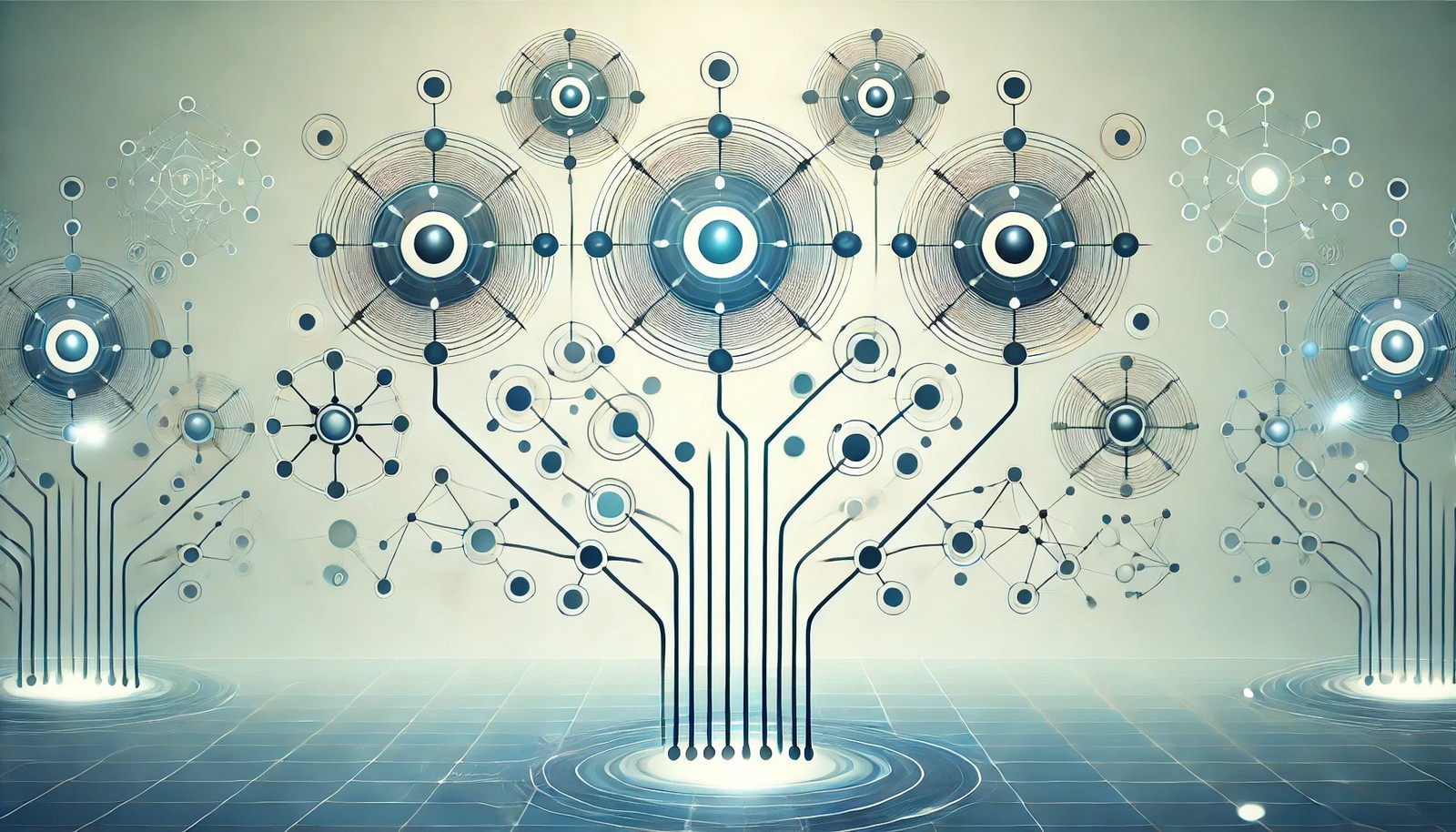Multi-Head Attention

Quick Navigation:
- Multi-Head Attention Definition
- Multi-Head Attention Explained Easy
- Multi-Head Attention Origin
- Multi-Head Attention Etymology
- Multi-Head Attention Usage Trends
- Multi-Head Attention Usage
- Multi-Head Attention Examples in Context
- Multi-Head Attention FAQ
- Multi-Head Attention Related Words
Multi-Head Attention Definition
Multi-Head Attention is a mechanism used in neural networks, especially in transformer architectures, that allows models to focus on different parts of an input sequence simultaneously. By using multiple attention heads, the model can capture various relationships within data, such as dependencies in natural language processing or correlations in time-series data. This approach significantly enhances the model's understanding by allowing each head to focus on a different aspect of the data, thereby improving performance in tasks like translation, summarization, and question answering.
Multi-Head Attention Explained Easy
Imagine you’re reading a storybook, and you’re focusing on different parts of each page, like the words, the pictures, and the colors. Multi-Head Attention works similarly: the computer pays attention to many parts of a text at once, like how you look at both pictures and words to understand the story better.
Multi-Head Attention Origin
The idea of Multi-Head Attention emerged with the development of the transformer model in 2017 by researchers at Google. It was introduced to improve the model’s ability to understand complex dependencies within data by using parallel attention mechanisms.
Multi-Head Attention Etymology
The term “Multi-Head Attention” combines “multi-head,” referring to multiple, independent attention mechanisms, and “attention,” indicating the model’s focus on various data parts.
Multi-Head Attention Usage Trends
Multi-Head Attention has rapidly gained popularity, especially with the success of transformer-based models in fields like NLP and computer vision. Since its introduction, it has been integral in advancements in generative AI, including tools for language generation, machine translation, and image captioning.
Multi-Head Attention Usage
- Formal/Technical Tagging:
- Transformer Architecture
- Deep Learning
- Attention Mechanisms - Typical Collocations:
- "multi-head attention layer"
- "parallel attention mechanism"
- "transformer model with multi-head attention"
- "self-attention and multi-head architecture"
Multi-Head Attention Examples in Context
- In translation tasks, Multi-Head Attention allows the model to focus on various words in a sentence, enabling it to understand language structure better.
- Multi-Head Attention enhances question-answering systems by allowing models to reference different parts of the input text simultaneously.
- In computer vision, Multi-Head Attention improves image understanding by focusing on multiple areas of an image.
Multi-Head Attention FAQ
- What is Multi-Head Attention?
Multi-Head Attention is a mechanism in transformer models that uses several attention heads to focus on different aspects of input data. - Why is Multi-Head Attention important?
It allows models to capture complex relationships in data by focusing on multiple data parts simultaneously, leading to better performance. - How does Multi-Head Attention differ from single-head attention?
Single-head attention looks at one aspect of the input, while Multi-Head Attention allows for multiple, independent perspectives, enhancing understanding. - What are common applications of Multi-Head Attention?
It’s widely used in natural language processing tasks like translation and summarization, and in computer vision. - How does Multi-Head Attention work in transformers?
Each head in Multi-Head Attention independently focuses on parts of the data, and their outputs are combined to enhance the model's understanding. - Can Multi-Head Attention be used outside NLP?
Yes, it’s also useful in computer vision and time-series analysis for focusing on various data aspects. - Why does the transformer architecture use Multi-Head Attention?
Multi-Head Attention helps the model capture diverse patterns in data, crucial for understanding complex relationships in large datasets. - What role does Multi-Head Attention play in BERT?
In BERT, Multi-Head Attention is fundamental in understanding word context and relationships, improving tasks like question answering. - How does Multi-Head Attention affect model performance?
It generally improves performance by capturing diverse perspectives within data, making the model more accurate. - Are there limitations to Multi-Head Attention?
Yes, it can be computationally intensive, especially with many heads and large datasets.
Multi-Head Attention Related Words
- Categories/Topics:
- Transformer Models
- Deep Learning
- Natural Language Processing
Did you know?
Multi-Head Attention’s introduction revolutionized NLP and computer vision, enabling transformer models like BERT and GPT, which power many modern AI applications, from chatbots to search engines.
PicDictionary.com is an online dictionary in pictures. If you have questions or suggestions, please reach out to us on WhatsApp or Twitter.Authors | Arjun Vishnu | @ArjunAndVishnu

I am Vishnu. I like AI, Linux, Single Board Computers, and Cloud Computing. I create the web & video content, and I also write for popular websites.
My younger brother, Arjun handles image & video editing. Together, we run a YouTube Channel that's focused on reviewing gadgets and explaining technology.



Comments powered by CComment